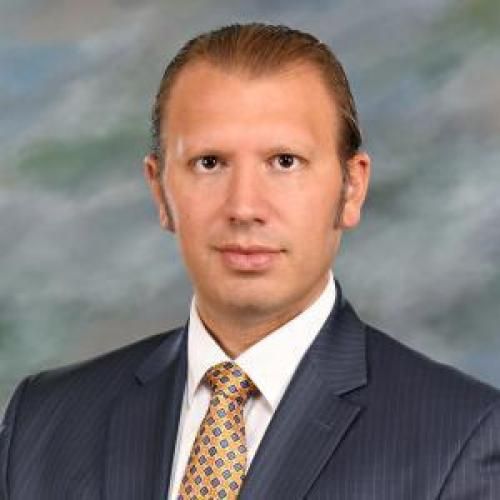When can we expect global sagittal alignment to reach a stable value following cervical deformity surgery?
OBJECTIVE: Cervical deformity (CD) is a complex condition with a clear impact on patient quality of life, which can be improved with surgical treatment. Previous study following thoracolumbar surgery demonstrated a spontaneous and maintained improvement in cervical alignment following lumbar pedicle subtraction osteotomy (PSO). In this study the authors aimed to investigate the complementary questions of whether cervical alignment induces a change in global alignment and whether this change stabilizes over time. METHODS: To analyze spontaneous changes, this study included only patients with at least 5 levels remaining unfused following surgery. After data were obtained for the entire cohort, repeated-measures analyses were conducted between preoperative baseline and 3-month and 1-year follow-ups with a post hoc analysis and Bonferroni correction. A subanalysis of patients with 2-year follow-up was performed. RESULTS: One-year follow-up data were available for 121 of 168 patients (72%), and 89 patients had at least 5 levels remaining unfused following surgery. Preoperatively there was a moderate anterior cervical alignment (C2-7, -7.7° [kyphosis]; T1 slope minus cervical lordosis, 37.1°; cervical sagittal vertebral axis [cSVA], 37 mm) combined with a posterior global alignment (SVA, -8 mm) with lumbar hyperextension (pelvic incidence [PI] minus lumbar lordosis [LL] mismatch [PI-LL], -0.6°). Patients underwent a significant correction of the cervical alignment (median ΔC2-7, 13.6°). Simultaneously, PI-LL, T1 pelvic angle (TPA), and SVA increased significantly (all p < 0.05) between baseline and 3-month and 1-year follow-ups. Post hoc analysis demonstrated that all of the changes occurred between baseline and 3 months. Subanalysis of patients with complete 2-year follow-up demonstrated similar results, with stable postoperative thoracolumbar alignment achieved at 3 months. CONCLUSIONS: Correction of cervical malalignment can have a significant impact on thoracolumbar regional and global alignment. Peak relaxation of compensatory mechanisms is achieved by the 3-month follow-up and tends to remain stable. Subanalysis with 2-year data further supports this finding. These findings can help to identify when the results of cervical surgery on global alignment can be best evaluated.
Duke Scholars
Published In
DOI
EISSN
Publication Date
Volume
Issue
Start / End Page
Location
Related Subject Headings
- Thoracic Vertebrae
- Retrospective Studies
- Quality of Life
- Postoperative Period
- Orthopedics
- Lordosis
- Kyphosis
- Humans
- Cervical Vertebrae
- 3209 Neurosciences
Citation
Published In
DOI
EISSN
Publication Date
Volume
Issue
Start / End Page
Location
Related Subject Headings
- Thoracic Vertebrae
- Retrospective Studies
- Quality of Life
- Postoperative Period
- Orthopedics
- Lordosis
- Kyphosis
- Humans
- Cervical Vertebrae
- 3209 Neurosciences


